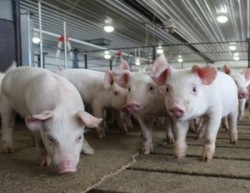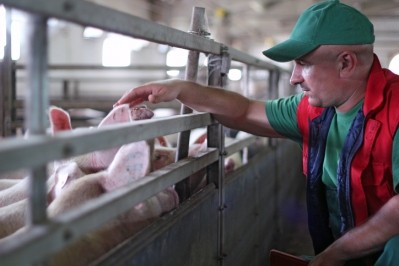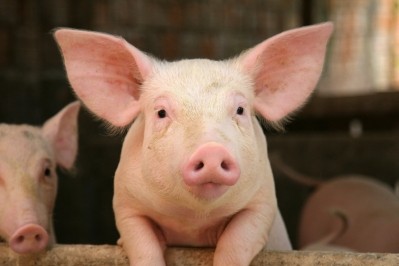USDA finds bulk feed bags likely cause of PED virus entry into US

The virus killed seven million piglets within the first year and caused tremendous hardship for the US pork sector. But the number of new cases has dropped dramatically in the past year.
The industry had previously examined and then ruled out any risk associated with feed ingredients, their handling or their processing as possible transmission vehicles for PED.
Now an investigation by the Animal and Plant Health Inspection Service (APHIS) of the USDA has determined the most likely scenario for entry of the virus into the US was on Flexible Intermediate Bulk Containers (FIBCs) or tote bags.
FIBCs are commonly used to transport many types of material including sand for flood control, soybeans, pet treats, or almost any kind of bulk material including pig feed, said the investigators.
Evidence collected as part of their investigation suggests that the FIBCs could be potentially contaminated in their origin country and, upon arrival in the US, are likely being reused.
“The FIBCs come in various sizes, usually with 1,000 to 3,000 pound capacity, and are designed to be reused.
Several of the farm investigations as well as an early case-control study suggested feed or feed delivery as the source of the outbreak; however, there were no common feed manufacturers, products, or ingredients in the initially infected herds. In addition to meeting the investigation criteria, the contaminated FIBC scenario explains the apparent anomalous association of the epidemic to feed,” found the authors.
Once a contaminated FIBC or its contents are delivered to a local mill that manufactures pig rations, the FIBC or its contents would contaminate feed or ingredients destined for delivery to the farm, said the APHIS report.
“The most probable route of dissemination is in the context of recycled food or feed products through distribution companies who generally service a large network of feed mill customers across the Midwest and beyond," said the report.
Possible scenarios
The APHIS looked at 17 possible scenarios, and they assessed if PEDv had been accidentally or intentionally brought into the country.
Others of interest included accidental or intentional introduction by people, contaminated feed supplements from antibiotics to vitamins, and minerals, spray dried porcine plasma, release from a diagnostic laboratory or research facility, contaminated biologicals or injectable medications, contaminated semen or germ plasm, birds, or prohibited product import.
Another scenario investigated was the existence of a reservoir of PED virus in feral swine.
In light of these findings, the agency initiated further testing in attempt to provide additional empirical evidence for the primary scenario(s).
The follow-up testing further supported the APHIS hypothesis that PED virus could have entered the US on the tote bags.
“Results for survival of PEDv on FIBC material are suggestive that the FIBC scenario has merit. The woven fabric was treated with a preset amount of cultured PED virus. The virus remained stable through the 10-week time point for both the 4°C or minus 800°C temperatures. Viable virus was detected after five weeks but not six weeks at room temperature,” said the investigators.
The APHIS report can be accessed here.









